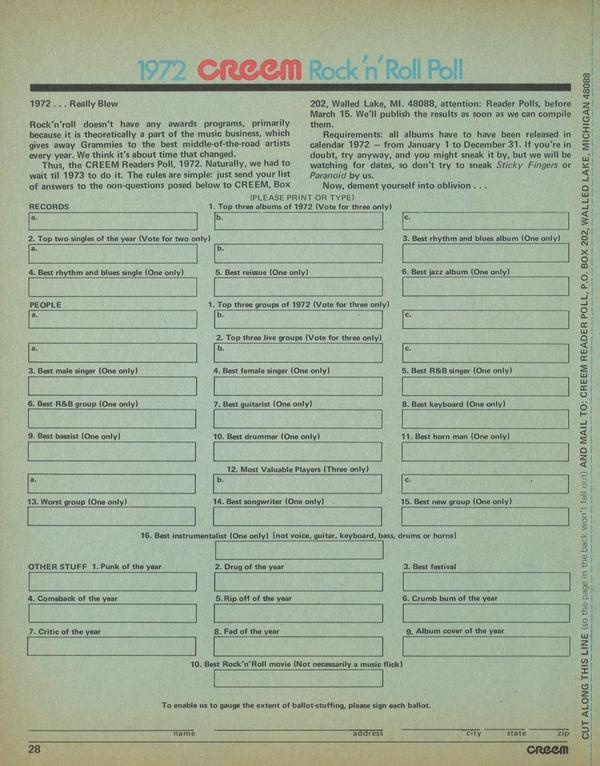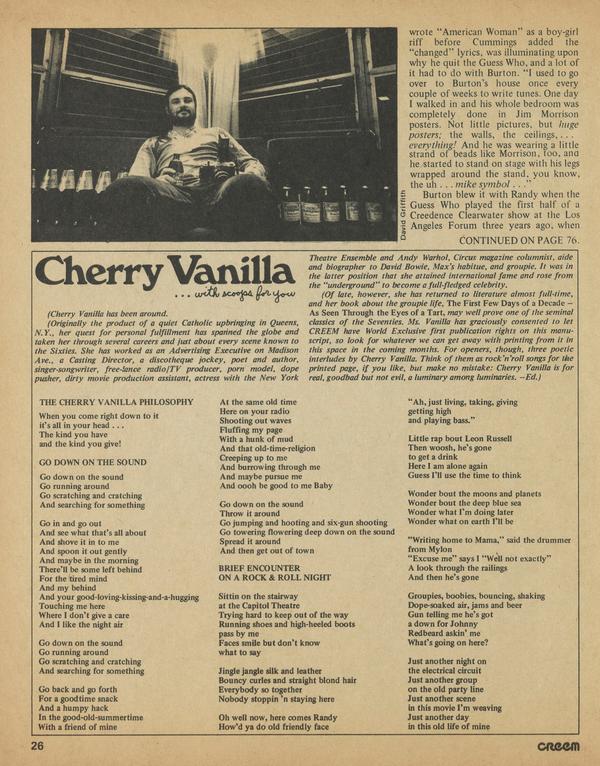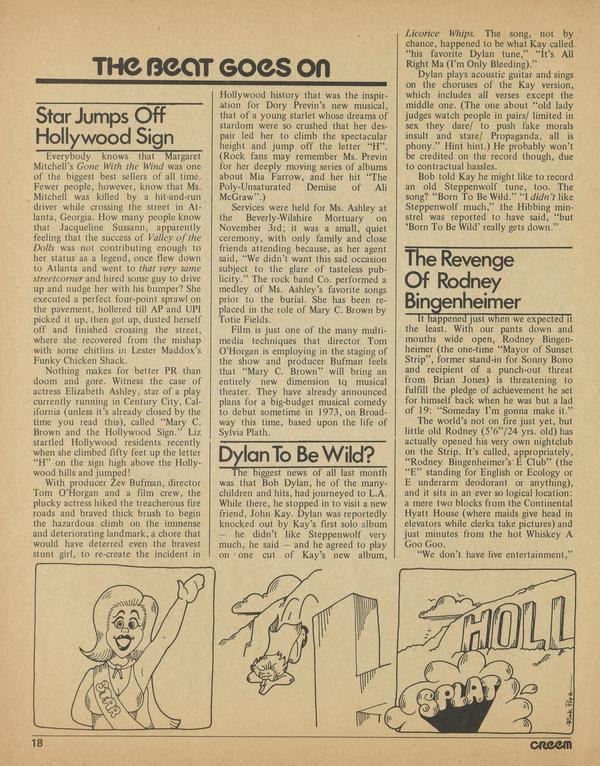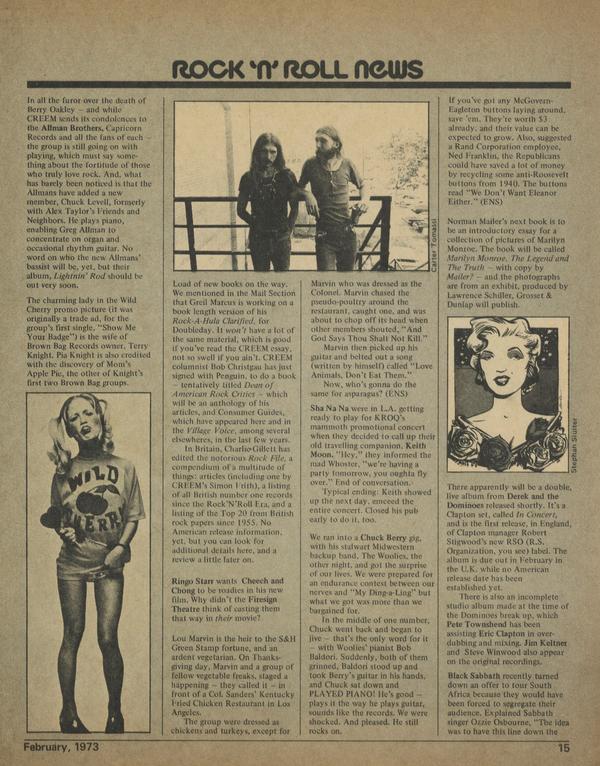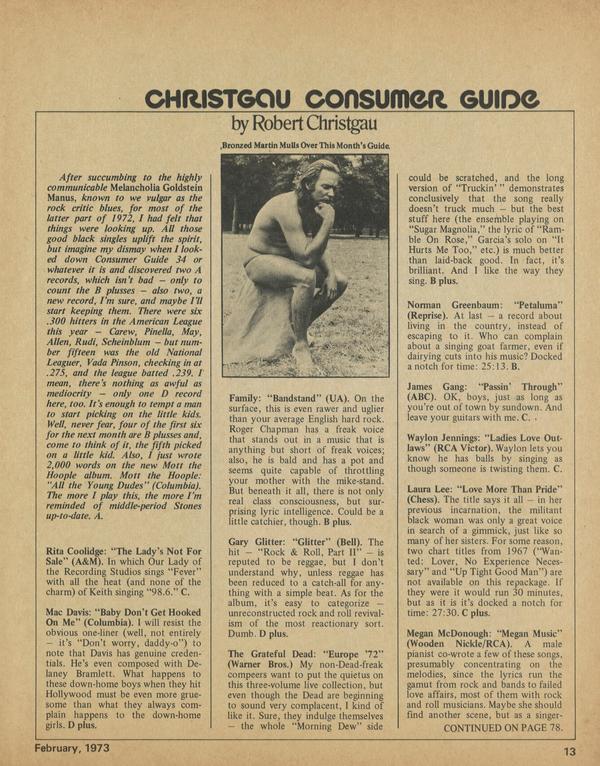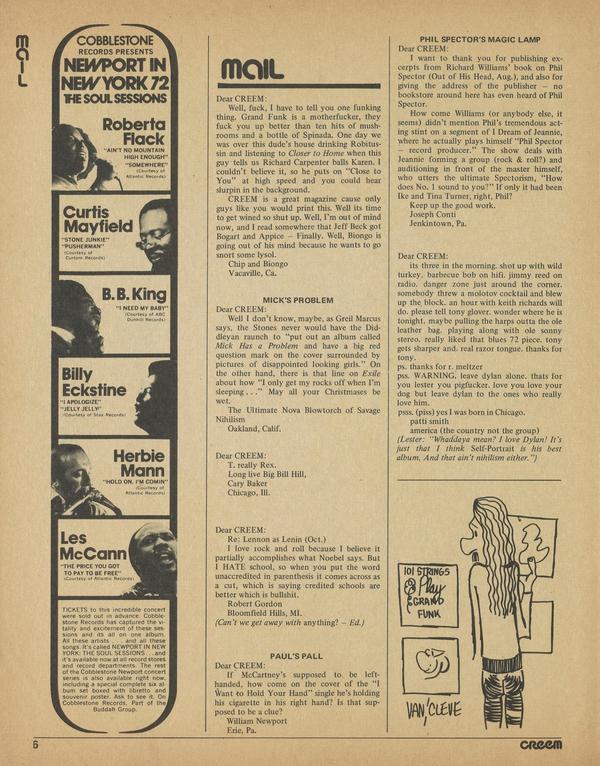Extension Chords
Electrocution Etiquette
The image that most concert-goers have of the rock musician is of the happy-go-lucky entertainer who is basically up on stage to have fun. That might be true to a certain extent, but a lot of work goes into making it possible for the performer to be heard long before he hits the stage.


The image that most concert-goers have of the rock musician is of the happy-go-lucky entertainer who is basically up on stage to have fun. That might be true to a certain extent, but a lot of work goes into making it possible for the performer to be heard long before he hits the stage. The guitarist, especially, is seldom thought of as tied to all that electrical apparatus standing behind him. He looks like a free agent, stalking around the stage looking for a spot suitable to his inspiration at the moment. Well, not only is his guitar tied to the equipment behind him, but to the microphone he sings into, as well. There’s a lot of voltage in the average rock concert hall (some groups travel with well over a ton of speakers, amplifiers, synthesizers, etc.) and, if they aren’t handled properly, all those watts can be extremely dangerous.
It used to be fun to watch the hairs curl on the lead guitarist’s head when his lips touched a loosely connected mike. Morbid, but fun. That’s just an example I’m sure everybody’s witnessed many times without taking much notice. Which is one of the problems: nobody knows what’s happening, except the dude it’s happening to. It’s hard for anybody to listen to the cries of Chicken Little when anyone can see perfectly well that the sky, although it is smog-coated black, is just not going to fall. But, in those immortal bumpersticker words, ‘Chicken Little was right.’


